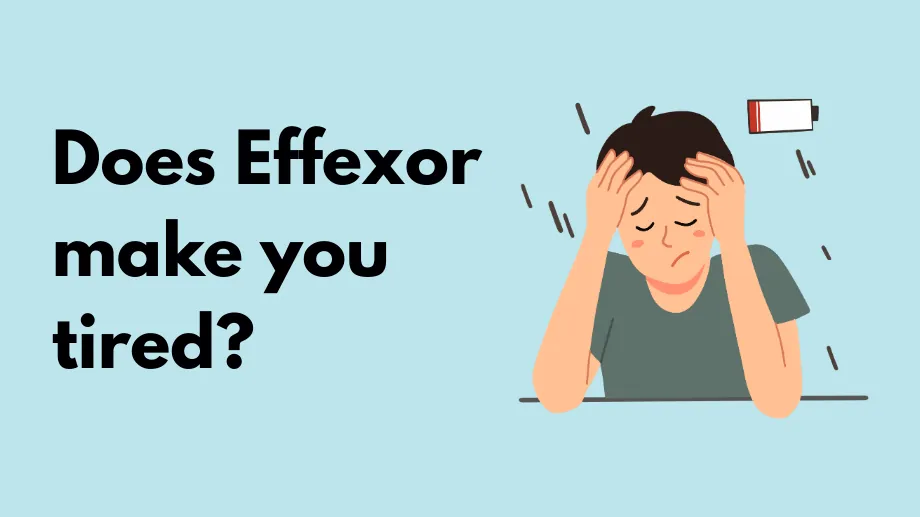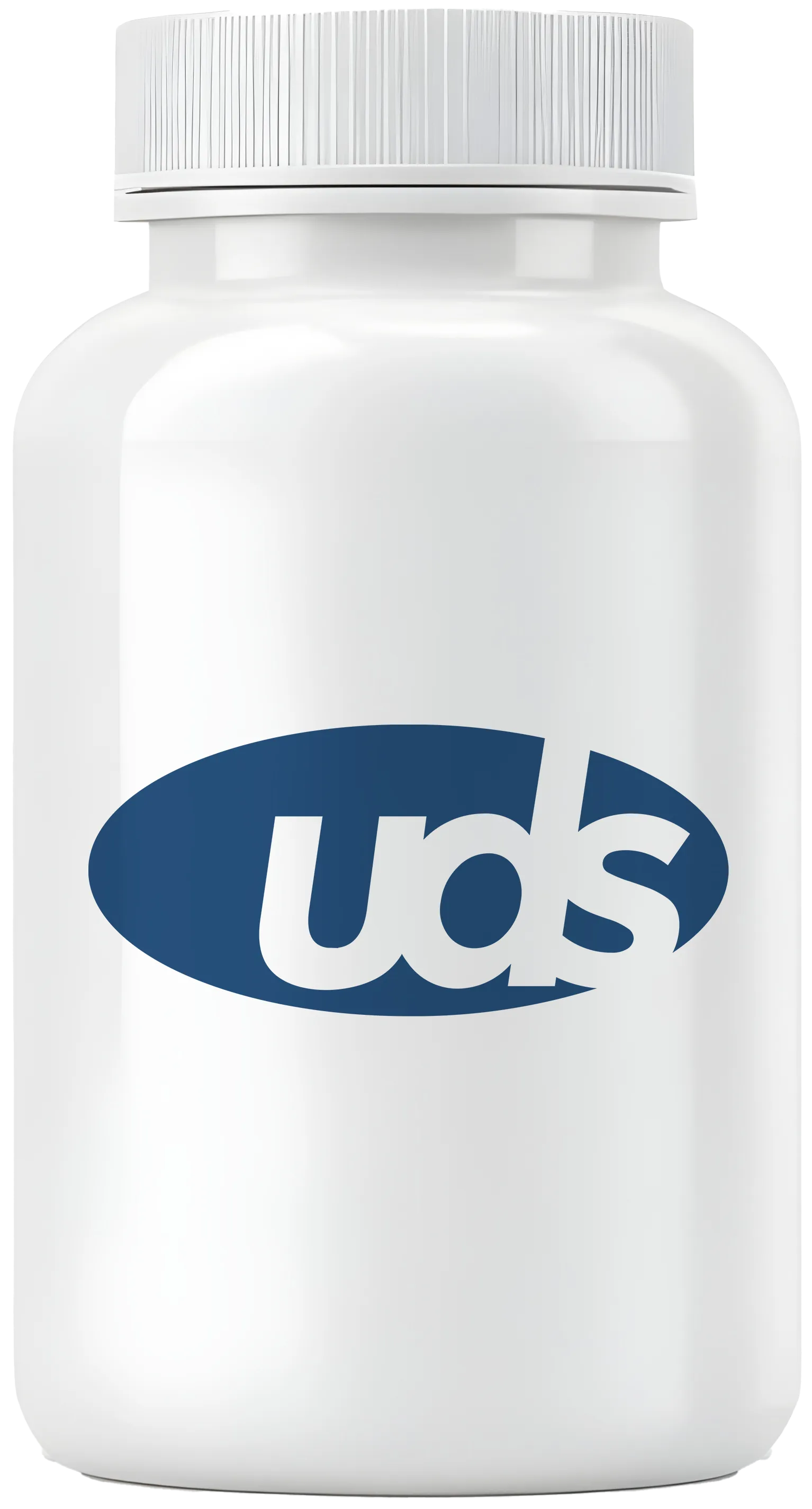Does effexor make you tired?

What does Vaniqa cream do?
Hirsutism means excessive hair growth in women. However, in hirsutism, it follows the growth pattern typically seen in men, specifically in the beard area of the face and neck. However, it may also be on the stomach, lower back, and thighs.
Unwanted facial hair growth is most likely due to an imbalance of male and female hormones in the body, with the most common cause being Polycystic Ovary Syndrome. Hirsutism and acne are typically attributed to an excess of the male hormone testosterone.
Vaniqa (eflornithine hydrochloride) cream is an FDA-approved topical treatment for excessive facial hair on the face and chin in women over 12 years old based on clinical studies. However, this cream does not permanently remove unwanted facial hair. You should continue to use any of your normal hair removal methods until you achieve the desired results.
But how does this cream work? And how should you use it to get the best results? Read on to learn this and more important information about Vaniqa.
How does Vaniqa work?
The active ingredient in the brand-name topical skin cream, Vaniqa, is eflornithine hydrochloride. It belongs to the drug class called ornithine decarboxylase inhibitors. Vaniqa works by slowing down the activity of an enzyme called ornithine decarboxylase (ODC). ODC is found in the hair follicle and plays an important part in hair growth. By blocking this enzyme, you will have less hair growth in the treated areas. You will still need to continue other hair removal techniques (e.g., shaving, plucking, etc.) while using Vaniqa, as it does not cause hair loss – it only slows hair growth.
How do I use Vaniqa cream?
Vaniqa is typically applied twice daily, at least 8 hours apart. It is for external use only on the face and should not be used on the arms or legs. You should use Vaniqa after cleansing your skin and before applying sunscreen, moisturizer, and cosmetics. Perform any other hair removal methods, such as shaving or plucking, at least 5 minutes before applying Vaniqa. Apply a thin layer of Vaniqa to the affected area(s) of your face and areas under your chin and rub thoroughly into your skin twice a day. Do not wash the treated areas for at least 4 hours after applying Vaniqa.
Store the medicine in a closed container at room temperature, away from heat, moisture, and direct light. Keep from freezing and out of the reach of children.
What are the side effects of Vaniqa?
Some of the most common side effects of Vaniqa include:
- Acne
- Razor bumps
- Stinging, burning skin
- Headache
- Tingling skin
- Dry skin
- Itching
- Rash
- Skin irritation and redness
Shop Medications
Rarely, Vaniqa may cause more serious side effects, such as:
- Allergic reactions like skin rash, itching or hives
- Swelling of the face, lips, or tongue
- Trouble breathing
These are not all of the possible side effects of Vaniqa. You should always seek medical advice from a healthcare professional for any questions or concerns about your medical condition or treatment. Read all patient information, medication guides, or drug information sheets that come with this medication. You can also report adverse effects to the Food and Drug Administration at www.fda.gov/medwatch or call 1-800-FDA-1088.
How quickly does Vaniqa work?
Vaniqa topical cream does not work immediately. For most people, they will see a noticeable improvement within 4 to 8 weeks of treatment. However, it may work faster or slower for you. It is recommended that you use Vaniqa regularly for at least 4 months to see how effective it is. If no improvement is seen after this time, you should discontinue it and consider other options. Clinical trials showed that around 8 weeks after stopping Vaniqa, your hair will return to the same condition as before beginning treatment.
Do any drugs interfere with Vaniqa?
No drug interaction studies have been performed with Vaniqa, so it is not known if any drugs affect it. Because this is a topical treatment and only small amounts are absorbed into the body, drug interactions are not very likely. However, you should always let your dermatologist or healthcare provider know about any other prescription drugs, over-the-counter medications, or supplements that you are currently taking before starting this medication.
Is Vaniqa safe to use if you are pregnant or breastfeeding?
It is not known whether Vaniqa cream will harm your unborn baby. Tell your doctor if you are pregnant or plan to become pregnant. It is also not known whether Vaniqa passes into breast milk or if it could harm your nursing baby. Tell your doctor if you are breastfeeding or plan on breastfeeding.
Who should not use Vaniqa?
You should not use Vaniqa if you are allergic to eflornithine hydrochloride or any of the inactive ingredients in the product. This includes:
- Water
- PEG-100 stearate
- Glyceryl stearate
- Cetearyl alcohol
- Mineral oil
- Stearyl alcohol
- Phenoxyethanol
- Methylparaben
- Propylparaben
- Dimethicone
Sources
Vaniqa (eflornithine hydrochloride) Cream, 13.9%. For topical dermatological use only. Bristol-Myers Squibb Company. Last updated 7/2000. Accessed June 2, 2025.

